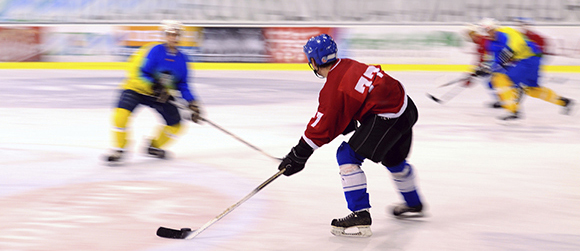By Lydialyle Gibson
Image by iStockphoto
Paging Dr. Sandman
Medical residents’ sleepless nights have prompted plenty of reform—in 2003 national guidelines set the maximum work week at 80 hours and the maximum shift at 30. Yet according to a U of C Medical Center study in the September 10 Journal of the American Medical Association, cutting back on workload is as important as reducing hours. Following first-year internal-medicine residents through Medical Center rotations from July 2003 through June 2005, Chicago internist Vineet Arora, AM’03, and six University colleagues, including David Meltzer, AM’87, PhD’92, MD’93; Emily Georgitis, MD’08; and Holly Humphrey, MD’83, found that curtailing shifts without reducing responsibilities could actually worsen residents’ fatigue, as they struggle to squeeze the same work into less time. The researchers measured the residents’ sleep using wrist-activity monitors, tracked their on-call hours with pager data, and beeped them periodically for pocket-PC reports on what they were doing.
Mental power play
Using fMRI to examine the brains of hockey players, fans, and people who didn’t know a stick from a puck, Chicago psychologist Sian Beilock found that, for aficionados, conversations about the sport prompted the neural networks normally used in planning and controlling actions to become involved instead in language comprehension: processing information about hockey and deciphering its lingo. The implication, write Beilock and four University coauthors, who published the findings in the September 9 Proceedings of the National Academy of Sciences, is that the adult brain may be more flexible than previously thought. Experience with specialized activities, like sports, stimulates neural networks not usually connected to language to help with language understanding.
 Brain scans reveal that playing hockey or following it as a fan helps boost brain activity.
Brain scans reveal that playing hockey or following it as a fan helps boost brain activity. Bacterial protection
It takes a few germs to ward off disease. Lending evidence to the “hygiene hypothesis,” the idea that too little exposure to parasites and microorganisms raises the risk of allergic and autoimmune disorders, a study in the September 19 Nature showed that gut bacteria help protect against Type 1 diabetes. Led by Chicago pathologist Alexander Chervonsky and Yale immunologist Li Wen, researchers discovered that mice raised in a sterile environment but inoculated with “friendly” bacteria ordinarily present in the human intestine were less likely to develop diabetes than mice that remained germ-free. The scientists hope to develop therapies that alter the balance of innate gut bacteria to ward off Type 1 diabetes.
Diagnosis: Loneliness
The need for companionship is so deeply ingrained, says Chicago psychologist John Cacioppo, that loneliness can be felt at a cellular level. In a new book, Loneliness: Human Nature and the Need for Social Connection (W. W. Norton), Cacioppo and coauthor William Patrick, the Harvard University Press’s former science editor, describe how a chronic sense of isolation can hinder blood flow, raise daily stress-hormone levels, alter immune cells’ gene expression, and hasten the progression of Alzheimer’s disease. Loneliness prevents deep sleep, and it increases negative feelings like fear and anxiety. What’s more, the authors argue, the social structures that protect against isolation are fading—Americans today report fewer close friends than a generation ago, and the average household size is shrinking—leaving more people vulnerable to isolation.
